Home>Furniture>Outdoor Furniture>How Far Can 2X6 Decking Span
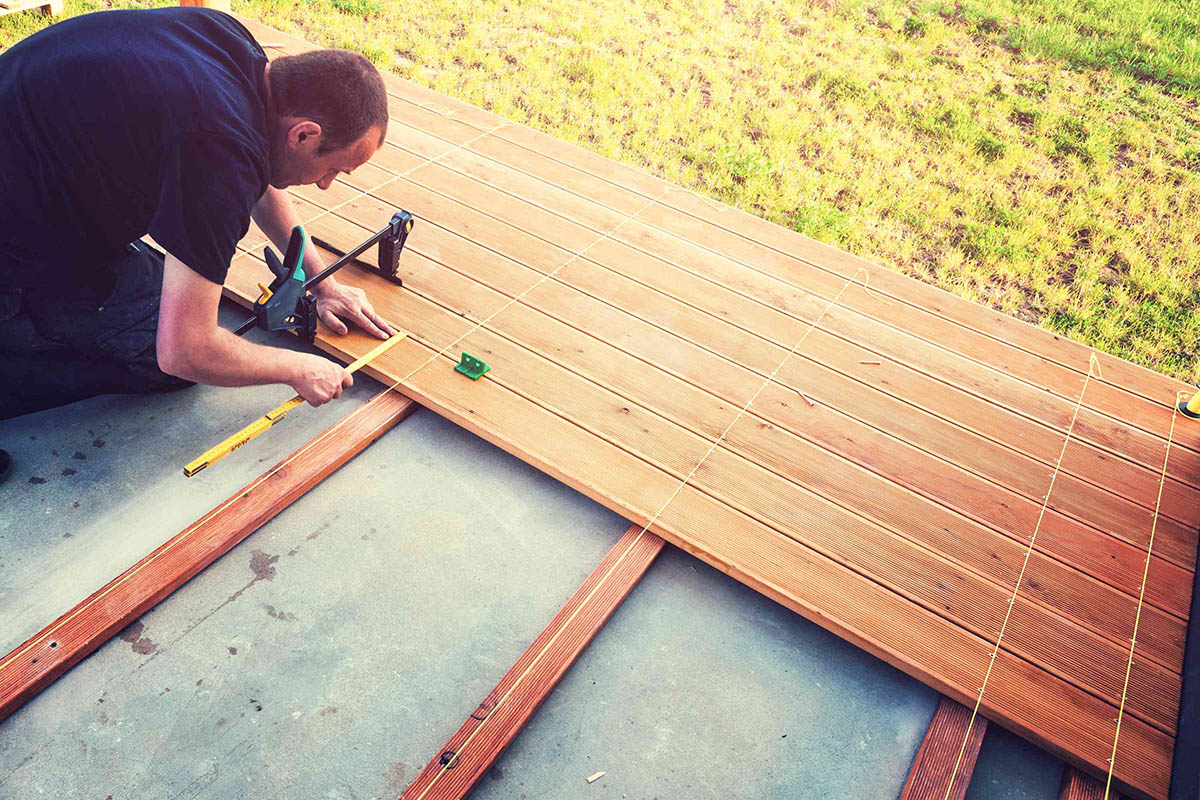

Outdoor Furniture
How Far Can 2X6 Decking Span
Modified: March 7, 2024
Learn how far 2x6 decking can span for outdoor furniture. Maximize your deck's potential with this helpful guide.
(Many of the links in this article redirect to a specific reviewed product. Your purchase of these products through affiliate links helps to generate commission for Storables.com, at no extra cost. Learn more)
Introduction
Welcome to our comprehensive guide on the span capabilities of 2×6 decking! If you’re in the process of building or renovating a deck, you may be wondering how far 2×6 decking can span without sagging or compromising structural integrity.
The span refers to the distance between supporting points, such as beams or joists, that the decking boards can cover without excessive deflection. Understanding the maximum span limits for your chosen decking material is crucial to ensuring a safe and sturdy deck.
There are several factors that influence the maximum span for 2×6 decking, including the type and quality of lumber, load capacity requirements, and the installation method. In this article, we will discuss these factors in detail and provide recommendations to help you determine the appropriate span for your decking project.
Key Takeaways:
- Choose higher grade lumber like #1 Select or #2 Prime for longer 2×6 decking spans. It’s stronger, has fewer defects, and can support heavier loads, ensuring a safe and durable deck.
- Consider reducing the span, using thicker decking, and adding extra support for heavy loads on your 2×6 decking. This ensures structural integrity and safety for your outdoor space.
Read more: How Far Can 2×6 Ceiling Joist Span
Factors Affecting Decking Span
When it comes to determining the maximum span for your 2×6 decking, there are several important factors to consider:
- Lumber Grade: The grade of your lumber will impact its structural strength. Higher grade lumber, such as #1 Select or #2 Prime, have fewer defects and can typically span longer distances without sagging. Lower grade lumber, like #3 Common or Economy, may have more knots and defects that can weaken its span capabilities.
- Moisture Content: The moisture content of the decking material is critical for determining its strength and stability. Green or wet lumber will shrink as it dries, potentially leading to increased deflection and sagging. It is advisable to use kiln-dried lumber for optimal performance and stability.
- Species: Different wood species have varying structural properties, including their ability to span longer distances. For example, cedar and redwood are known for their natural durability and stability, making them suitable for longer spans. In contrast, softer woods like pine may have more limited span capabilities.
- Spacing of Supports: The spacing between your supports, whether beams or joists, will directly affect the span of your decking. The closer the supports are spaced, the shorter the span can be between them. It is important to follow the manufacturer’s guidelines or consult with a structural engineer to determine the appropriate spacing for your specific decking material.
- Uniform Load Capacity: The uniform load capacity refers to the maximum weight or load that the decking can support over the entire span without excessive deflection. This factor is particularly important if you plan on placing heavy outdoor furniture or appliances on your deck. Understanding the load capacity will help you determine the appropriate span for your decking.
By considering these factors, you can make an informed decision on how far your 2×6 decking can span without compromising safety or structural integrity. It is always recommended to consult with a professional or structural engineer to ensure your deck meets local building codes and regulations.
Recommended Span Limits for 2×6 Decking
The recommended span limits for 2×6 decking will depend on various factors, including the lumber grade, species, and load-bearing requirements. While it is essential to consult local building codes and regulations, the following general guidelines can help you determine a safe and appropriate span for your deck:
- Lumber Grade: Higher grade lumber, such as #1 Select or #2 Prime, can typically span longer distances than lower grade lumber. As a general rule, 2×6 decking made from these higher grade lumber can safely span up to 16 inches on center for residential decks.
- Species: Different wood species have varying structural properties. For cedar or redwood, which are commonly used for decking, a recommended span of up to 24 inches on center is generally acceptable. Softer woods like pine may have more limited span capabilities and may require shorter spans, typically around 16 inches on center.
- Uniform Load Capacity: The weight or load capacity that your deck needs to support is an essential consideration for determining the span. If you anticipate placing heavy items like furniture or barbecues on your deck, it is advisable to reduce the maximum span to ensure optimal safety and performance.
- Deflection Limits: Deflection refers to the bending or sagging of the deck boards under load. To maintain a comfortable and sturdy deck, it is recommended to limit the deflection to no more than 1/4 inch. This typically translates to a maximum span of around 16 inches on center for 2×6 decking.
Choosing a more conservative span limit can help ensure a more stable and durable deck, especially for decks that will be subjected to heavy use or have higher load-bearing requirements. It is crucial to consider both the load capacity and deflection limits when determining the appropriate span for your decking.
Keep in mind that these recommendations are general guidelines and may vary depending on local building codes, specific project requirements, and other factors. It is always wise to consult with a professional or structural engineer to determine the most suitable span limits for your specific deck design.
Choosing the Right Lumber Grade for Longer Spans
When it comes to longer spans for your 2×6 decking, selecting the right lumber grade is crucial to ensure the structural integrity and longevity of your deck. Higher grade lumber with fewer knots and defects generally has better strength properties and can withstand longer spans without sagging or compromising safety. Here are a few considerations when choosing the right lumber grade for longer spans:
- Grade Certification: Look for lumber that is certified by reputable grading organizations, such as the American Lumber Standard Committee (ALSC). The certification ensures that the lumber has been inspected and meets the necessary quality standards.
- #1 Select or #2 Prime: These are the highest quality grades of lumber and are typically recommended for longer spans. They have fewer knots, tighter grain patterns, and fewer defects, which improves their strength and stability. These grades are more resilient to bending and sagging, making them suitable for longer spans.
- #2 Common or Economy: These lower grade lumber options may contain more knots, wide grain patterns, and other defects. While they are more affordable, they may not be as structurally sound for longer spans. It is best to reserve these grades for shorter span applications.
- Consider Laminated Beams: If you are planning to span significant distances, you may want to consider using laminated beams or engineered lumber. These beams are composed of multiple layers of wood that are bonded together, providing enhanced strength and stability. They can withstand longer spans and distribute the load more evenly across the structure of the deck.
- Consult with Professionals: If you are unsure about the appropriate lumber grade for your specific project, it is always wise to consult with a professional or structural engineer. They can assess your deck design, load requirements, and local building codes to help you make an informed decision.
Remember, selecting the right lumber grade is essential for longer spans to ensure the safety and durability of your deck. Investing in higher-grade lumber may result in a higher upfront cost but can save you money and headaches in the long run by reducing the likelihood of costly repairs or deck failure.
The maximum span for 2×6 decking is typically 16 inches on center for residential applications. However, always check local building codes and consult with a structural engineer for specific requirements.
Considerations for Heavy Loads on the Deck
If you anticipate placing heavy loads on your deck, such as outdoor furniture, hot tubs, or large gatherings of people, it is important to take extra precautions to ensure the structural integrity and safety of your deck. Here are some considerations for handling heavy loads on your 2×6 decking:
- Reduced Span: Heavy loads can put significant stress on your deck, causing it to sag or even collapse. To accommodate heavier loads, it is advisable to reduce the maximum span of your 2×6 decking. Decreasing the distance between supports, such as beams or joists, will provide extra support and prevent excessive deflection.
- Thicker Decking: Instead of using standard 2×6 decking, you can opt for thicker decking boards, such as 2×8 or 2×10. These thicker boards offer greater load-bearing capacity and can better withstand heavier weights. However, keep in mind that using thicker boards will require adjustments to the structural design and may involve additional costs.
- Additional Support: Adding additional support is crucial for heavy loads. This can be achieved by installing additional beams, joists, or support posts beneath the deck. By spacing the supports closer together, you can distribute the load more evenly and reduce the strain on the decking. Consult with a professional to determine the appropriate support system for your specific needs.
- Load-Bearing Capacity: Be aware of the load-bearing capacity of your deck and do not exceed its limitations. Consider the combined weight of your outdoor furniture, appliances, and the maximum number of people that will be on the deck at one time. Distribute the weight evenly across the deck surface to avoid putting excessive strain on any one area.
- Regular Maintenance: Regularly inspect your deck for signs of wear or damage, especially in areas that will be subjected to heavy loads. Check for any signs of sagging, weakened supports, or rotting wood. Perform necessary repairs or reinforcement to maintain the structural integrity of your deck.
Remember, safety should always be the top priority when dealing with heavy loads on your deck. By taking the necessary precautions and considering the weight requirements, you can ensure that your deck remains sturdy and capable of withstanding heavier loads for years to come.
Read more: How Far Can A 2X6 Floor Joist Span
Additional Support Options for Longer Spans
For longer spans on your 2×6 decking, you may need to implement additional support options to ensure the structural stability of your deck. Here are some options to consider:
- Intermediate Beams: Adding intermediate beams beneath your deck can provide extra support and help distribute the load more evenly. These beams can be installed perpendicular to the main support beams, reducing the span between them. This additional support is especially beneficial for longer spans or when dealing with heavy loads on the deck.
- Cantilevering: Cantilevering is a technique where a portion of the deck extends beyond the main support beams. By extending the decking boards beyond the beams, you can reduce the span and increase the overall support. This technique is commonly used for creating overhangs or to accommodate specific design requirements.
- Steel Support Beams: In some cases, using steel support beams or posts can provide superior strength and stability for longer spans. Steel beams have excellent load-bearing capabilities, allowing for longer spans with minimal deflection. Consult with a professional or structural engineer to determine if steel support beams are suitable for your specific deck design.
- Cross-Bracing: Cross-bracing involves installing diagonal braces between the support beams to enhance the rigidity and stability of the deck structure. This technique helps to prevent lateral movement and reduces the potential for sagging or twisting. Cross-bracing is particularly useful for decks with longer spans or decks located in areas prone to high winds.
- Upgraded Footings and Posts: If your deck requires additional support due to longer spans, it may be necessary to upgrade the footings and posts. Larger footing sizes and stronger support posts can improve the overall stability and load-bearing capacity of the deck. Consult with a professional to ensure your footings and posts meet the necessary requirements for your specific project.
Before implementing any additional support options, it is important to consult with a professional, such as a structural engineer or deck builder. They can assess your deck design, load requirements, and local building codes to recommend the most suitable support options for your specific needs.
By incorporating additional support measures, you can ensure the safety and longevity of your deck, even with longer spans. Taking the time to properly reinforce your deck will provide peace of mind and ensure that it can withstand the test of time and any extra loads it may encounter.
Conclusion
Designing and constructing a deck with appropriate span limits is crucial for ensuring its safety, durability, and overall performance. Understanding the factors that influence the span capabilities of 2×6 decking is essential for making informed decisions throughout the construction process.
Factors such as lumber grade, moisture content, species, spacing of supports, and load capacity requirements all play a role in determining the recommended span limits for your deck. By considering these factors, you can determine the appropriate span for your specific decking material and project requirements.
Choosing the right lumber grade is important when aiming for longer spans. Higher grade lumber, such as #1 Select or #2 Prime, is recommended as it has fewer defects and greater strength, which can withstand longer spans. It is also crucial to take into account the load-bearing requirements and deflection limits to ensure a safe and comfortable deck.
If your deck will experience heavy loads, it is essential to take additional precautions. Reducing the span, using thicker decking boards, and adding extra support options such as intermediate beams or steel beams can help accommodate heavier weights and ensure structural integrity.
Remember to consult with professionals, such as structural engineers or deck builders, to ensure your deck design meets local building codes and regulations. They can provide expert advice and guidance specific to your project, ensuring that your deck is safe, sturdy, and built to last.
By considering all of these factors and following recommended guidelines, you can confidently design and build a deck with 2×6 decking that meets your specific needs and provides a beautiful and functional outdoor space for years to come.
Frequently Asked Questions about How Far Can 2X6 Decking Span
Was this page helpful?
At Storables.com, we guarantee accurate and reliable information. Our content, validated by Expert Board Contributors, is crafted following stringent Editorial Policies. We're committed to providing you with well-researched, expert-backed insights for all your informational needs.
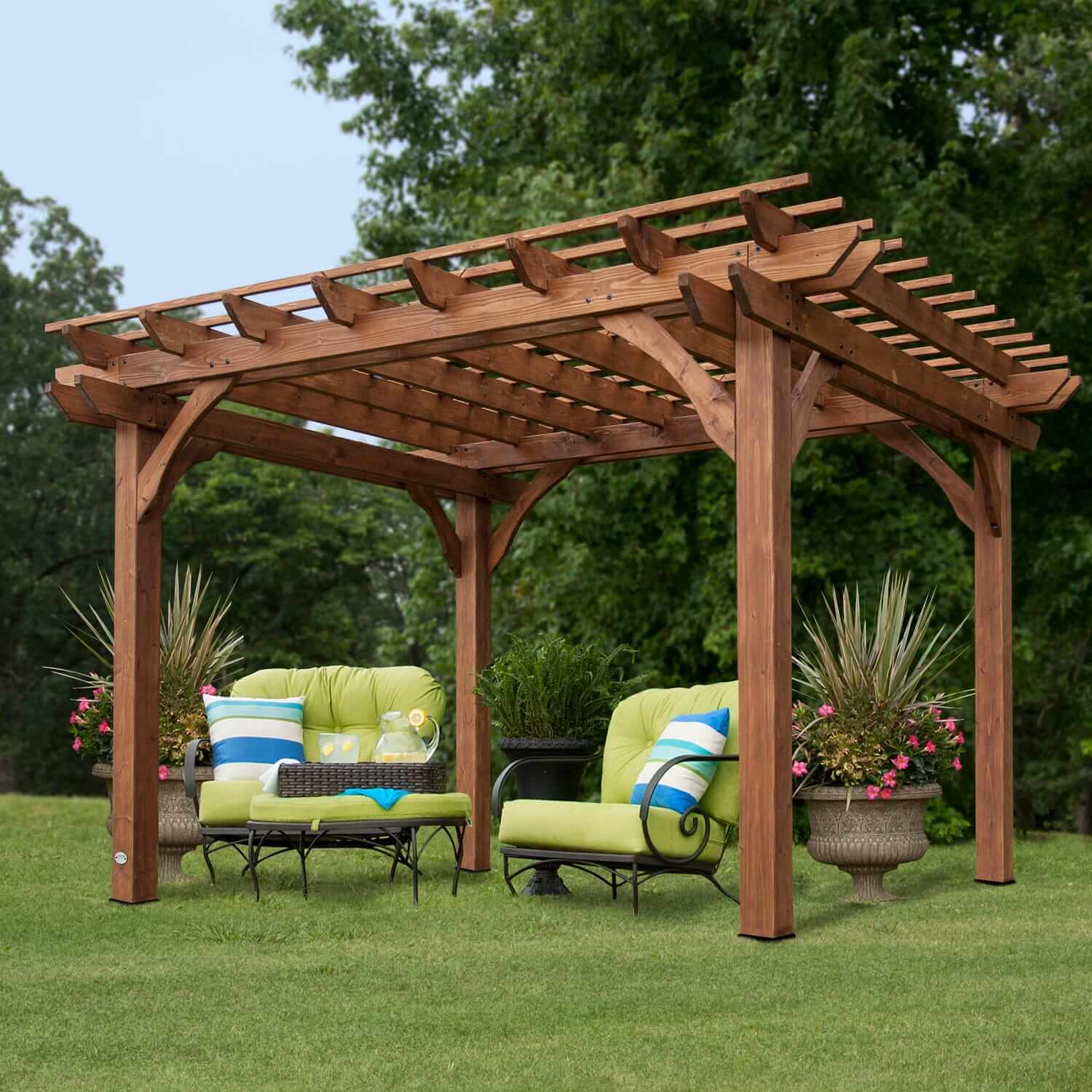
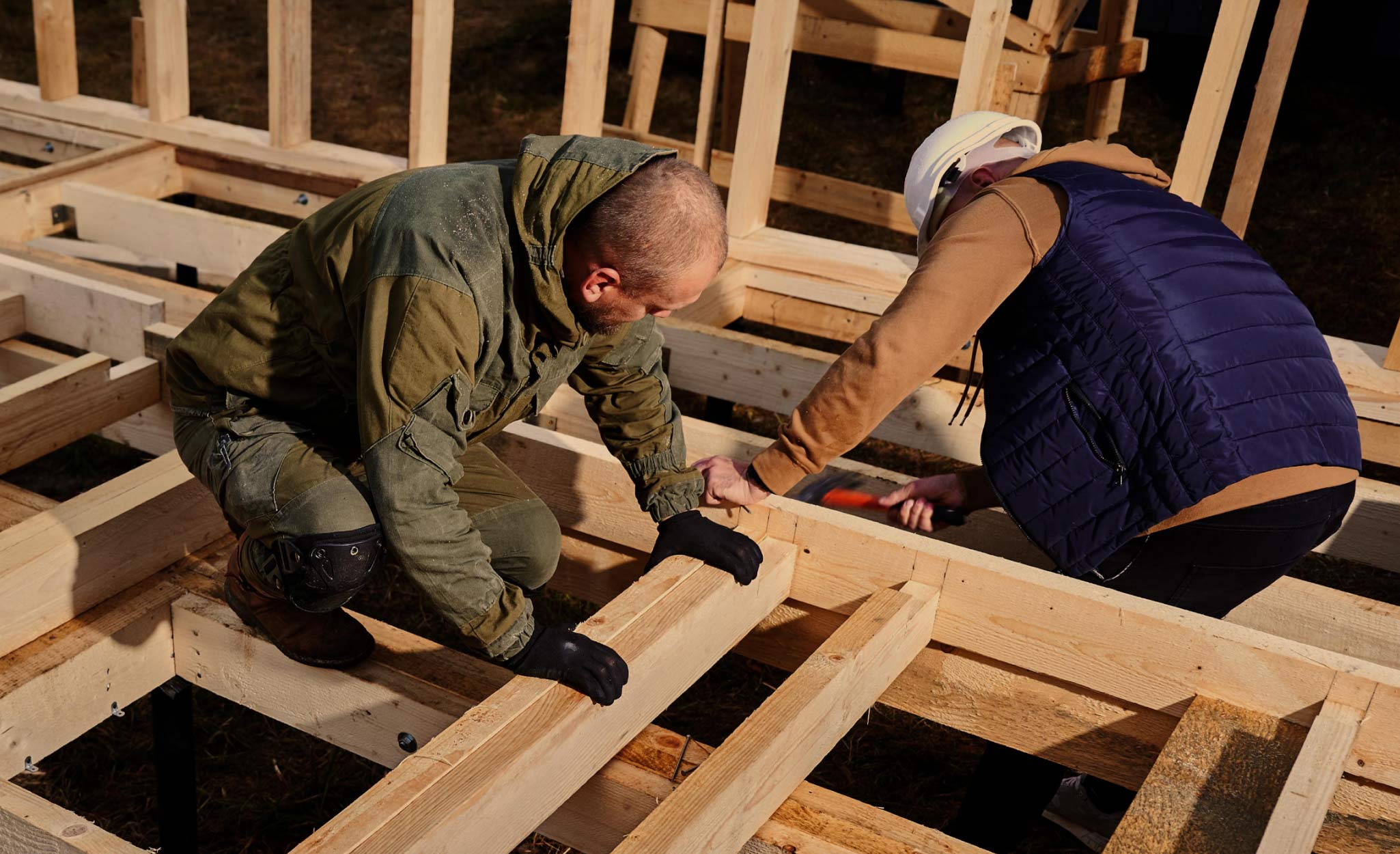
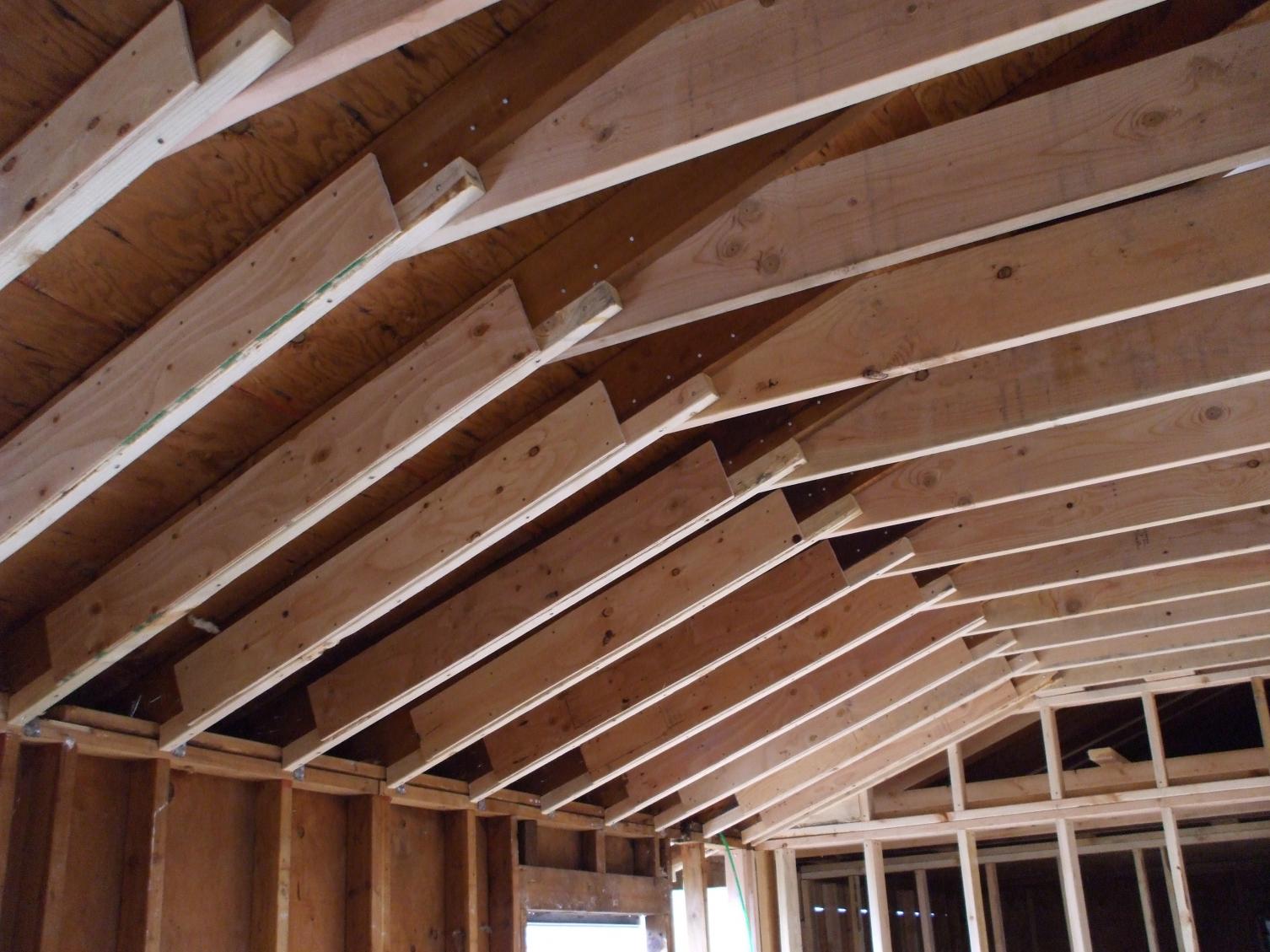
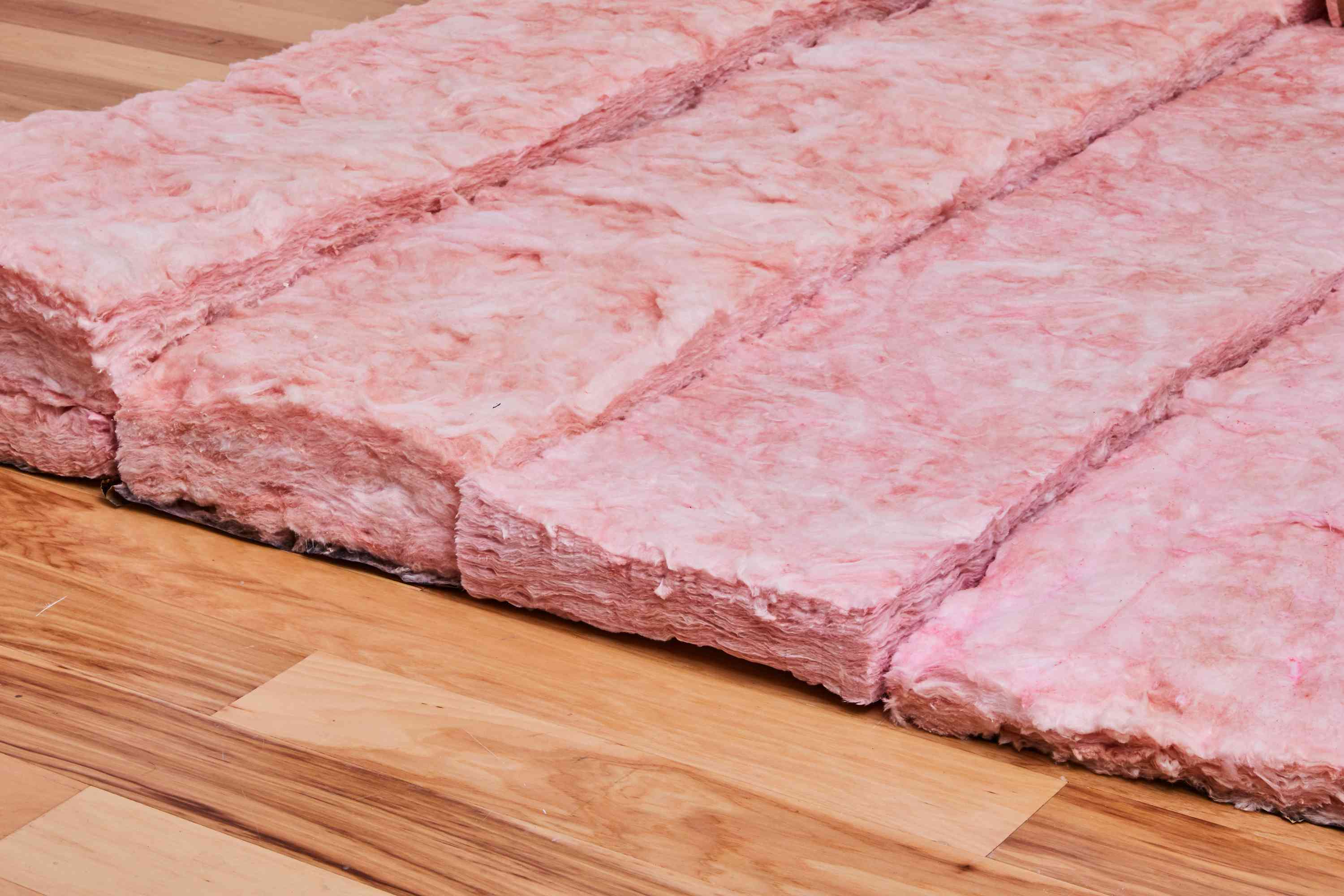
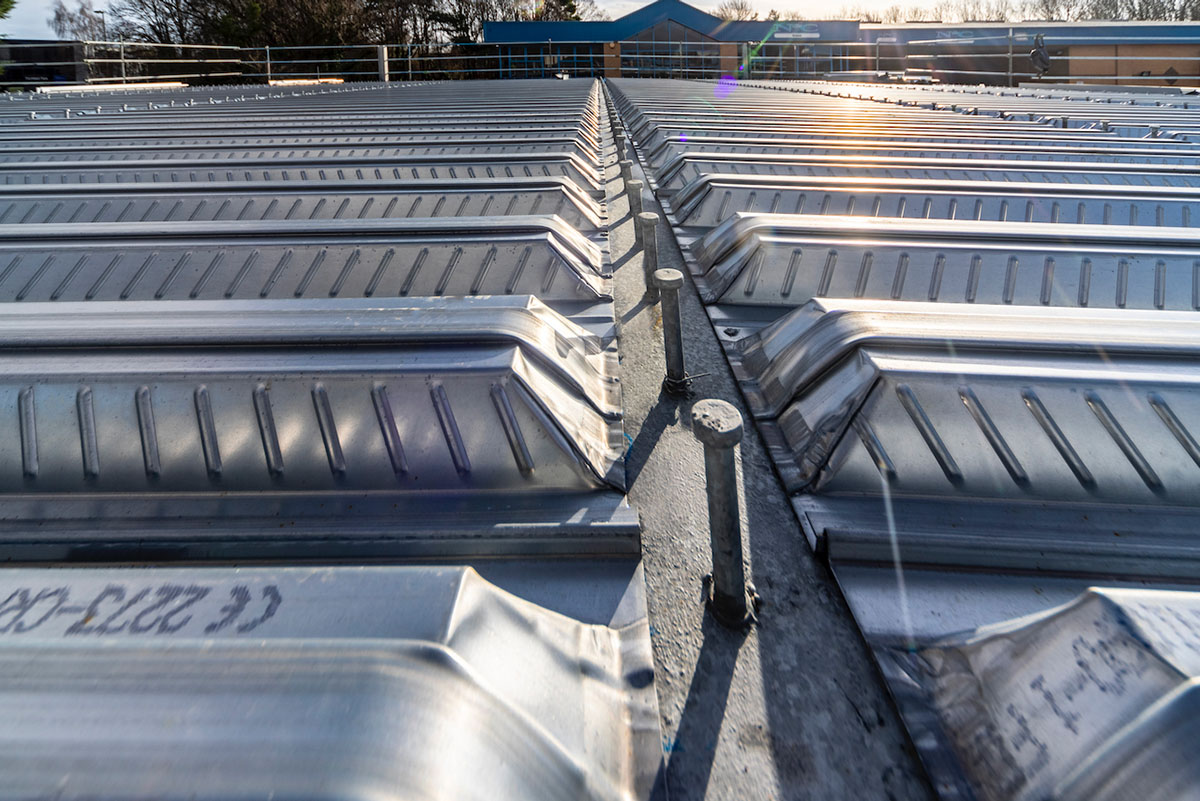
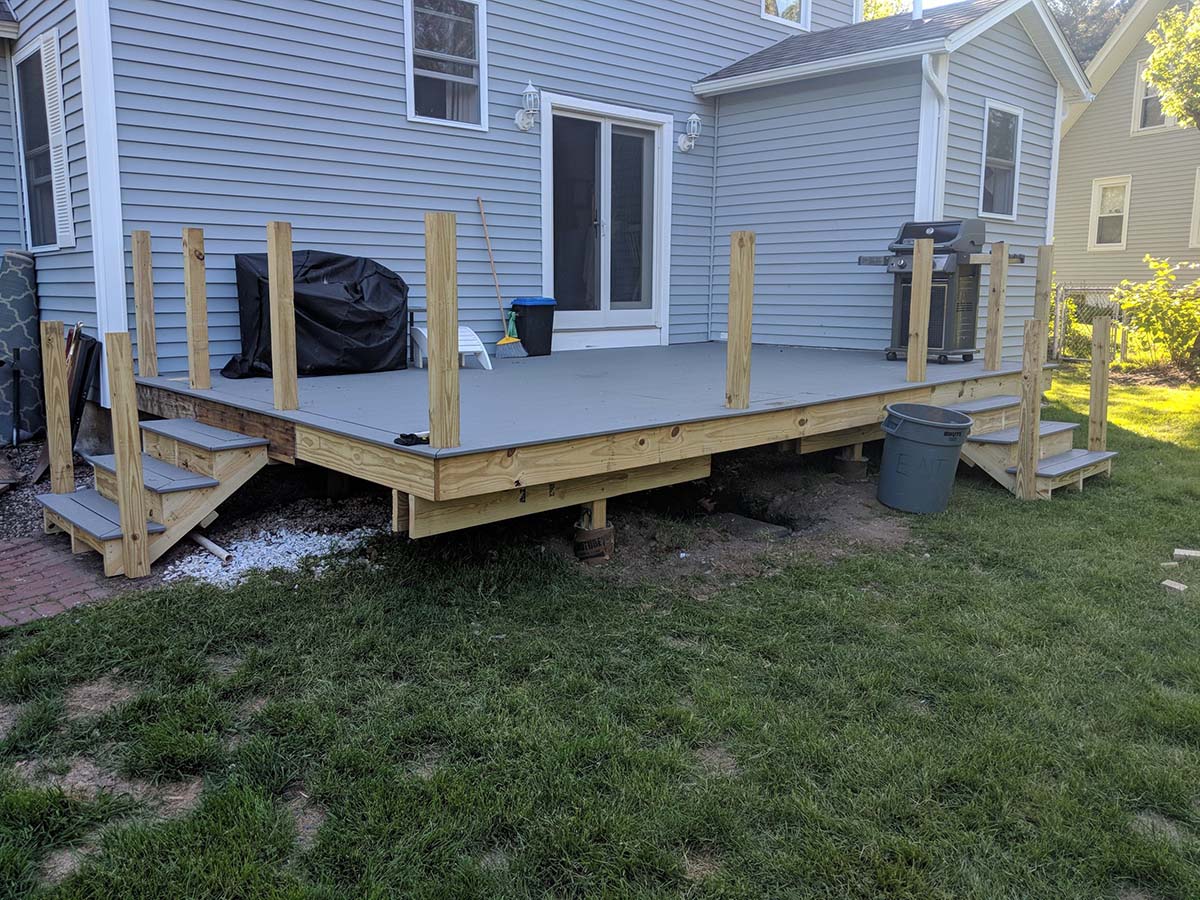
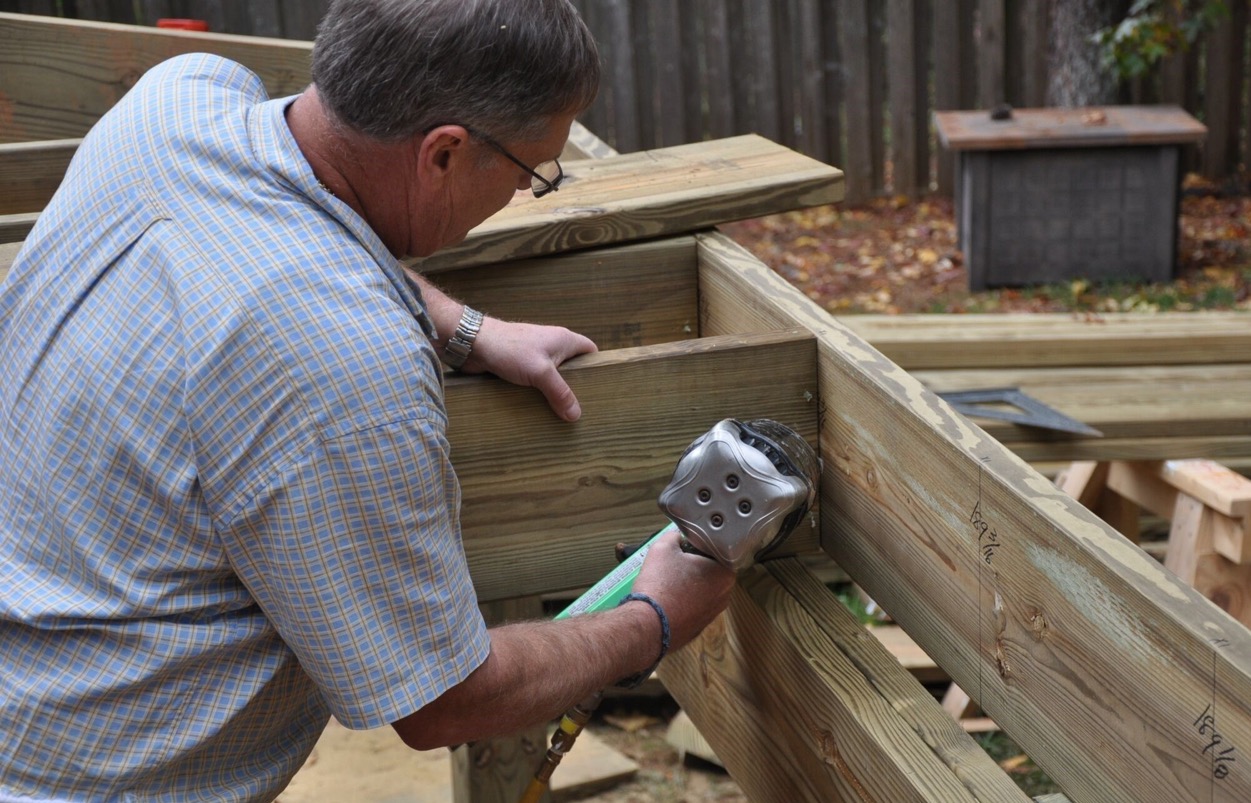
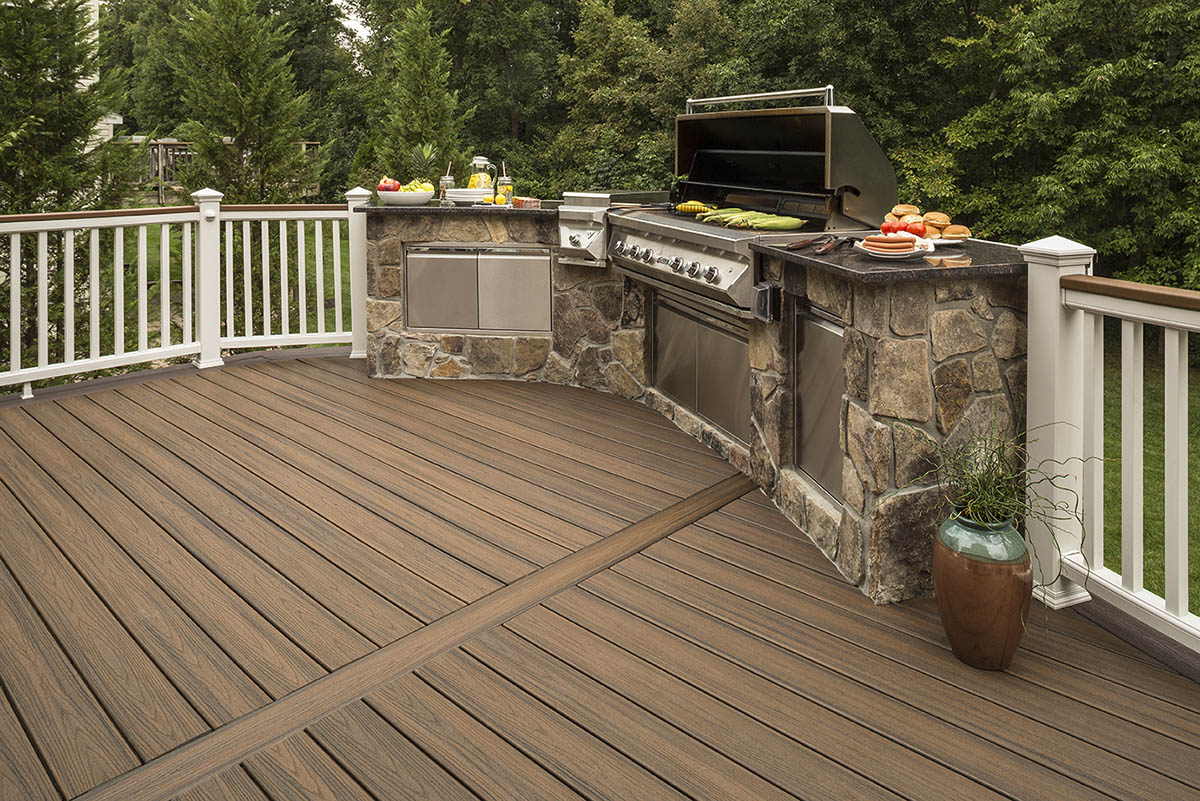
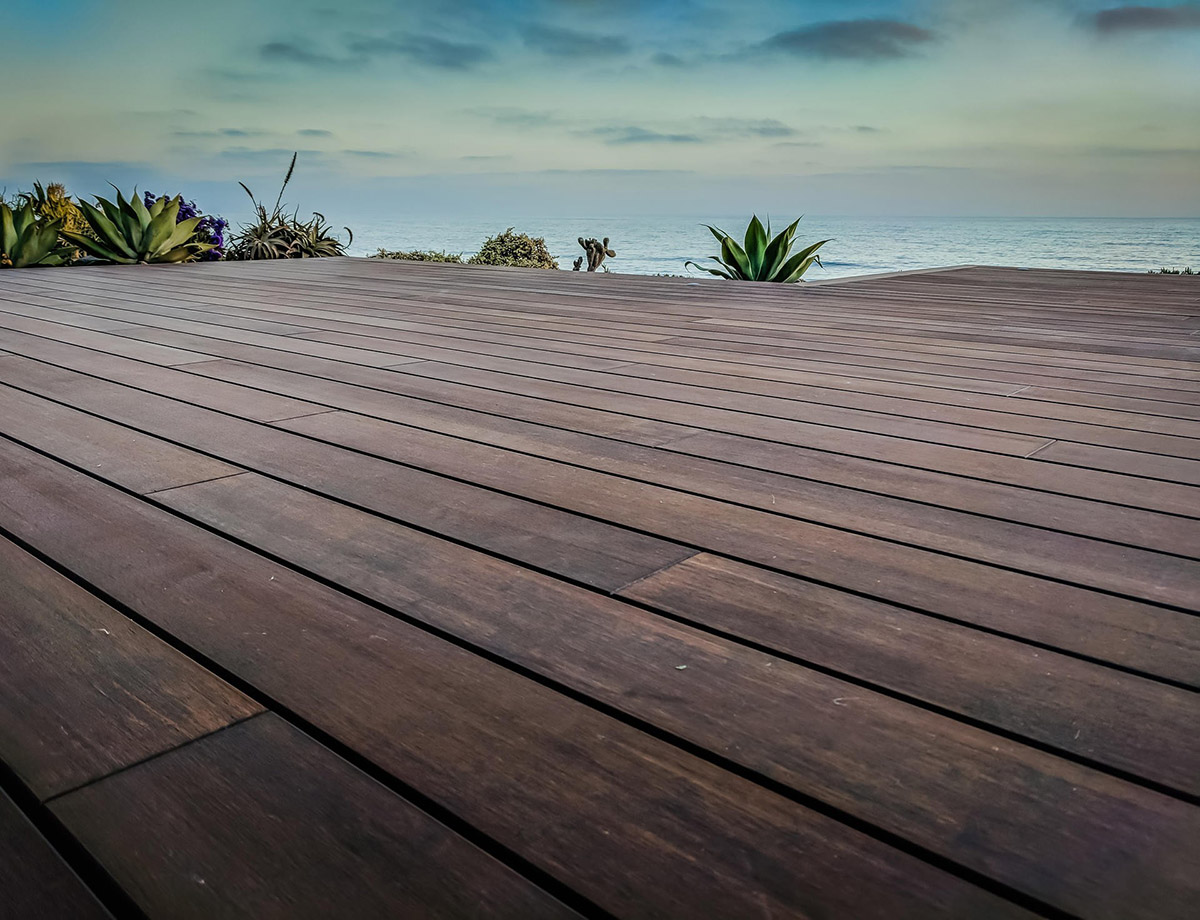
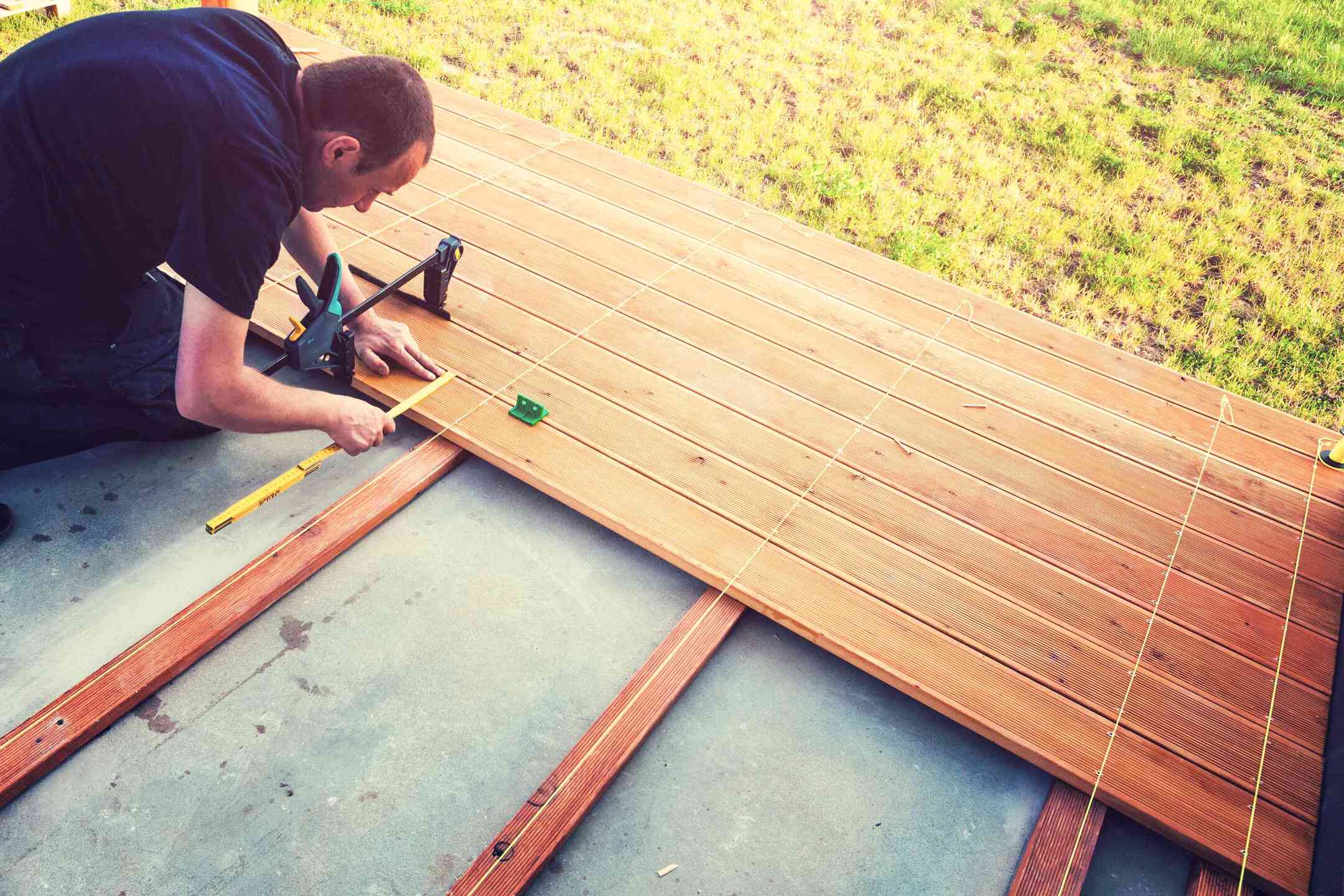

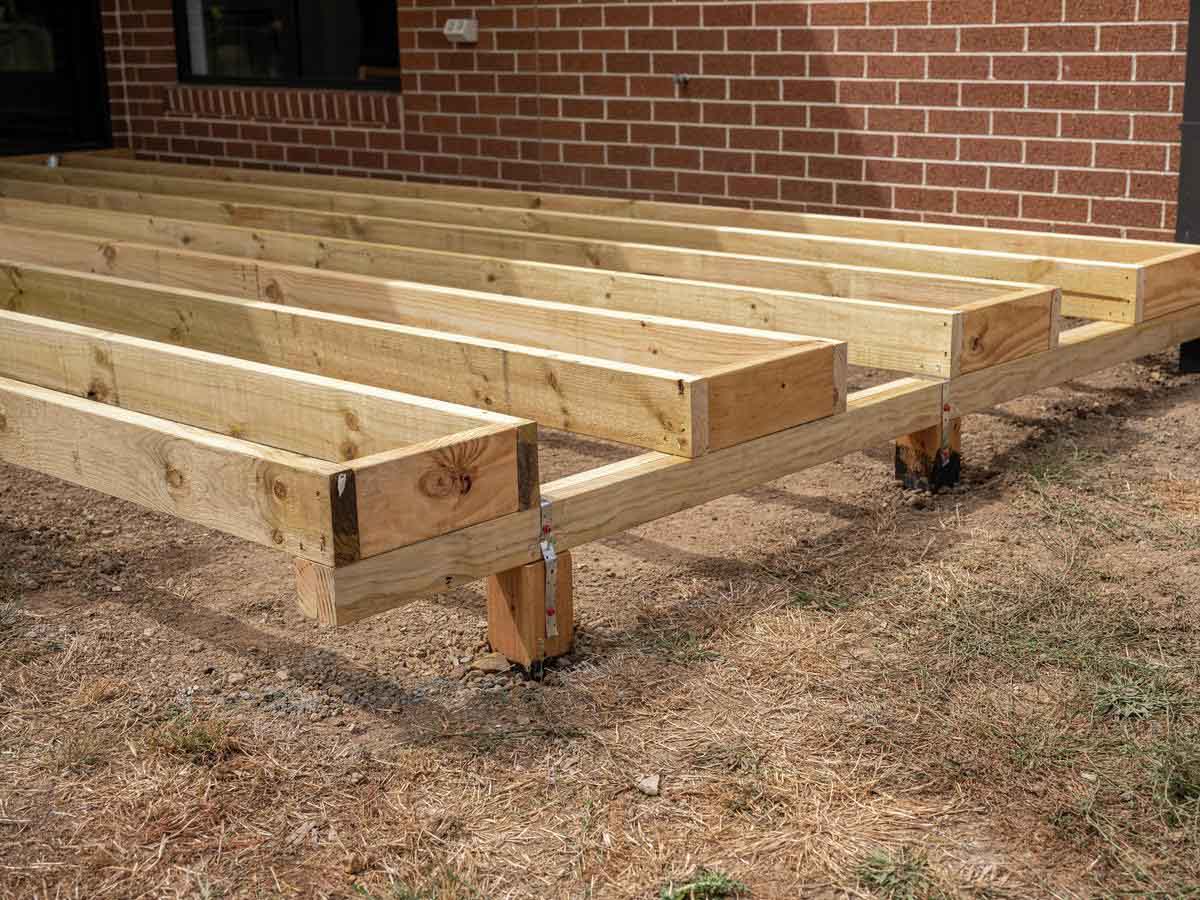
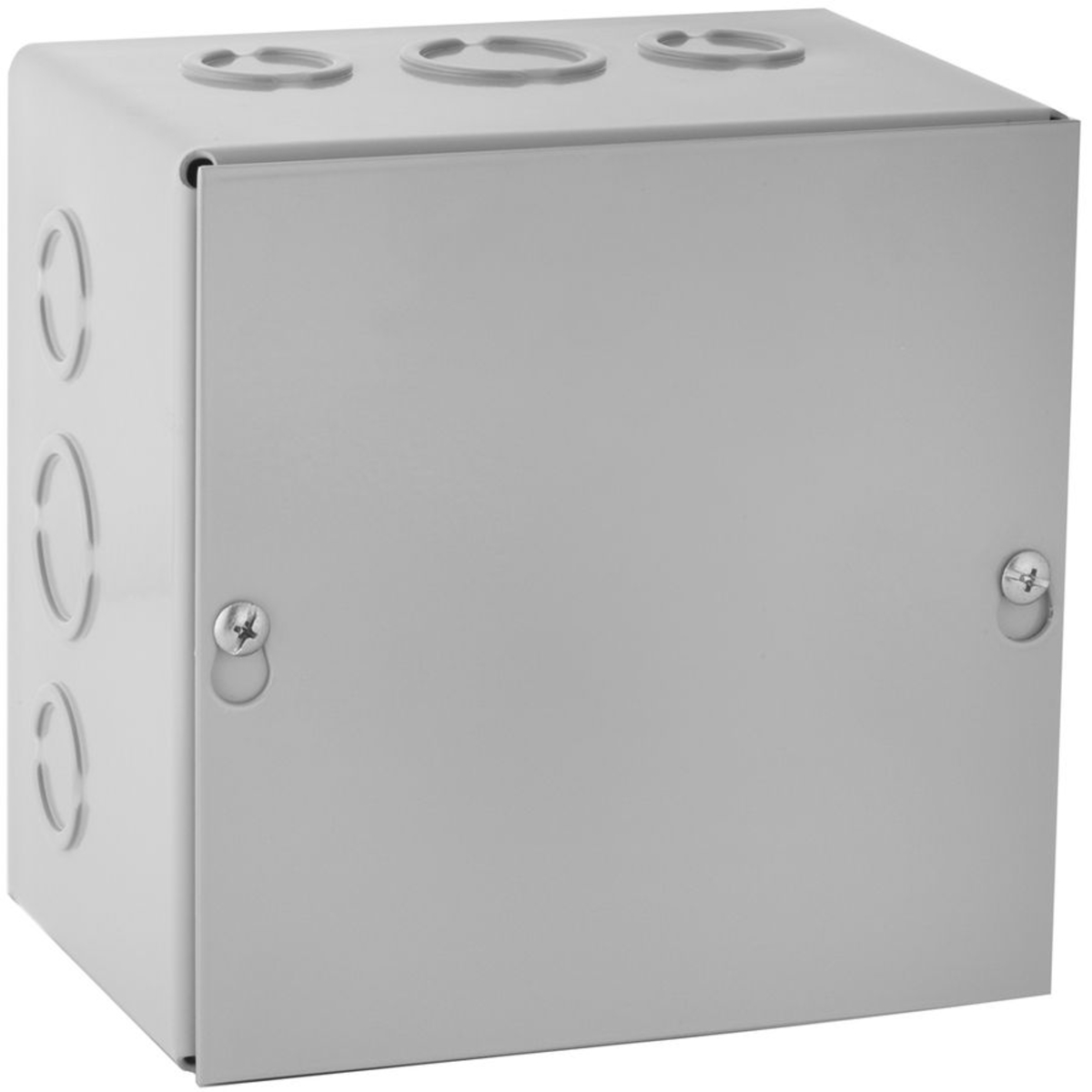


0 thoughts on “How Far Can 2X6 Decking Span”